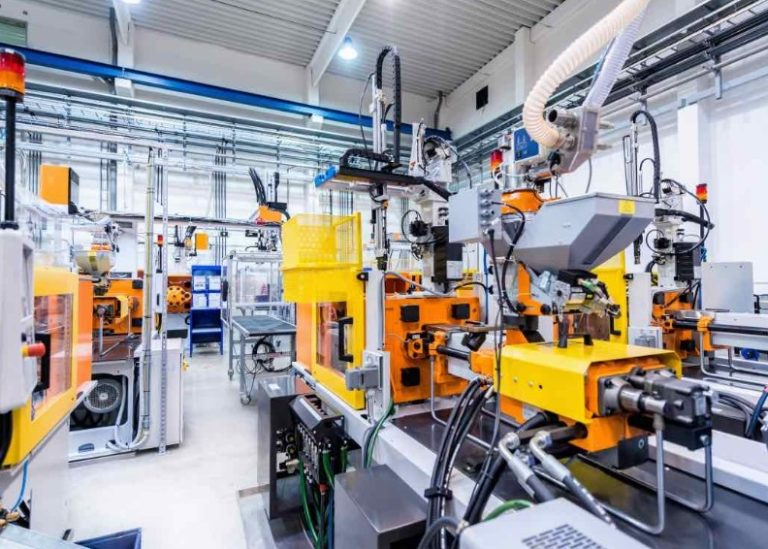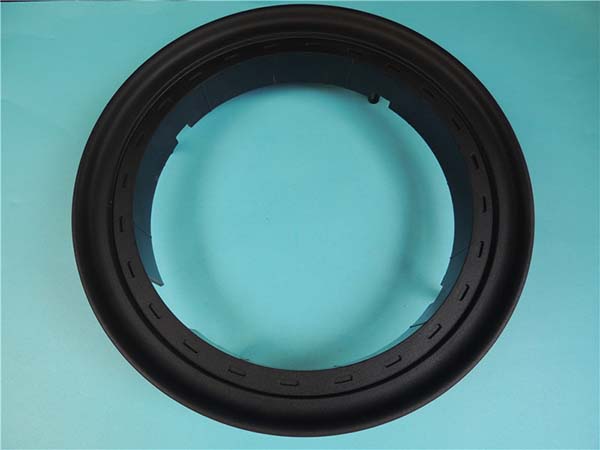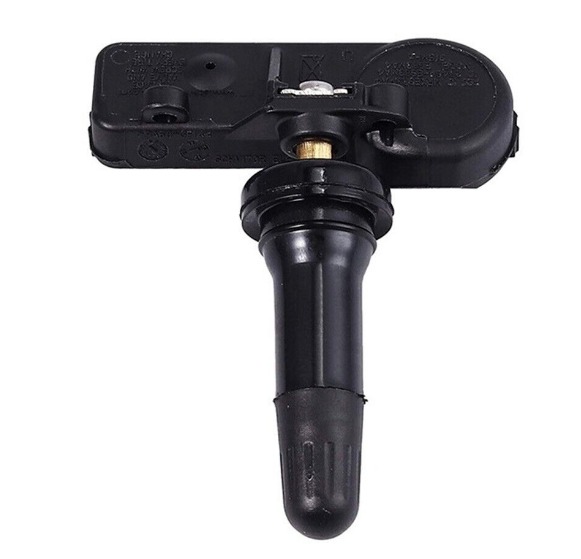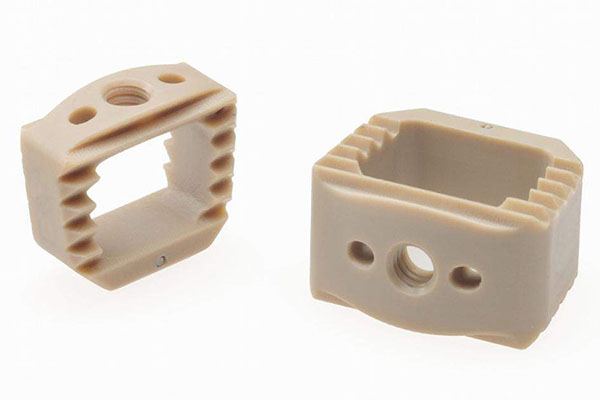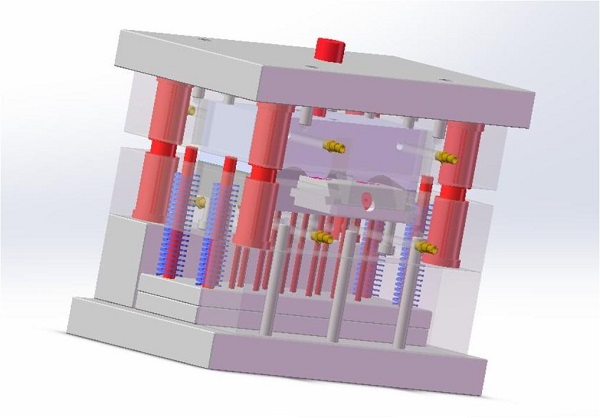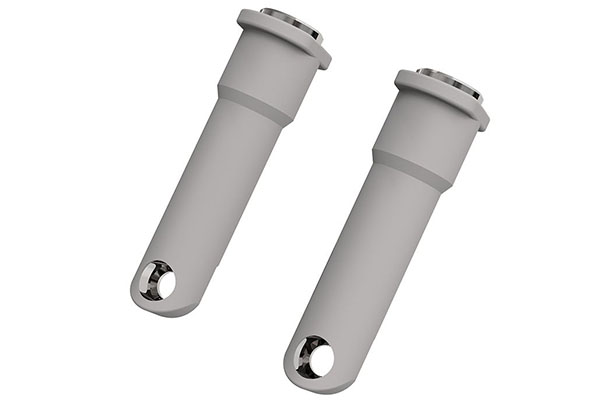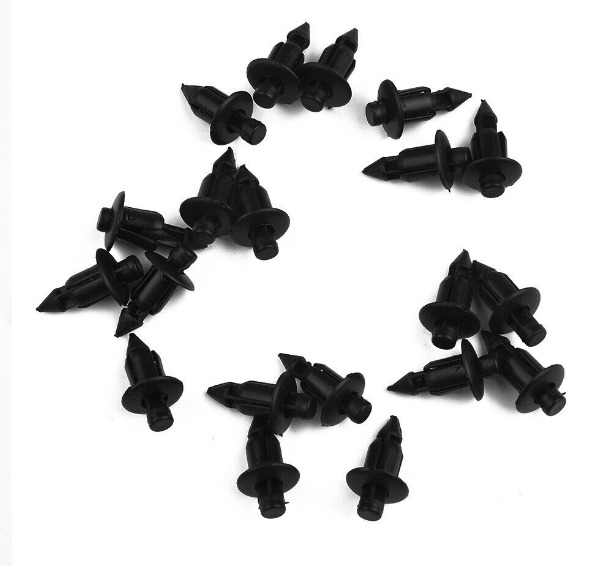Understanding Small Batch Injection Molding
Small batch injection molding is a specialized manufacturing process that has carved out a unique niche in the world of plastics production. It involves injecting molten plastic material into a mold cavity under high pressure to create custom plastic parts. But what sets it apart from large - scale injection molding?
The Basics of the Process
At its core, the small batch injection molding process shares many similarities with its high - volume counterpart. First, plastic pellets are fed into a hopper and then into a heated barrel. Here, a screw - like mechanism rotates, melting the plastic and pushing it forward. Once the plastic is in a fully molten state, it is injected into a precisely designed mold cavity. The mold is cooled, usually by circulating water, which causes the plastic to solidify into the shape of the mold. After the plastic has cooled and hardened sufficiently, the mold opens, and the newly formed plastic part is ejected.
The Significance in Manufacturing
Small batch injection molding holds a crucial position in the manufacturing landscape, especially for several key reasons:
- Prototyping and Product Development: For companies in the early stages of product development, small batch injection molding is invaluable. It allows them to produce a small number of prototype parts quickly and cost - effectively. This enables designers and engineers to test and refine their product designs before committing to large - scale production. For example, a startup developing a new consumer electronics device can use small batch injection molding to create initial samples of the product's casing. They can then conduct fit - and - function tests, gather feedback from potential users, and make any necessary design adjustments.
- Low - Volume Production Runs: There are many situations where a company may need only a few hundred or a few thousand plastic parts. This could be for a limited - edition product line, a custom - made component for a specialized machine, or replacement parts for an older product that is no longer in mass production. Small batch injection molding provides a viable solution in these cases, eliminating the need for high - volume production machinery and associated costs.
- Niche and Specialty Markets: In niche markets, such as high - end jewelry components or custom medical device parts, the demand may not be high enough to justify large - scale production. Small batch injection molding caters to these markets by offering the flexibility to produce small quantities of high - quality, customized parts.
The Process of Small Batch Injection Molding
Step - by - Step Breakdown
- Plastic Material Preparation:
- First, the plastic raw materials, usually in the form of pellets, are carefully selected based on the required properties of the final plastic parts. For example, if high - strength and heat - resistance are needed, engineering plastics like polycarbonate (PC) or acrylonitrile - butadiene - styrene (ABS) blends might be chosen.
- The pellets are then often dried to remove any moisture. Moisture in the plastic can cause defects such as bubbles or poor surface finish during the injection molding process. For hygroscopic plastics like nylon, proper drying is crucial. The drying process typically takes place in a specialized dryer, where the temperature and time are precisely controlled. For instance, nylon pellets may need to be dried at around 80 - 100°C for several hours.
- Heating and Melting:
- The dried plastic pellets are fed into a heated barrel of the injection molding machine. Inside the barrel, a screw - type mechanism rotates. As the screw rotates, it not only conveys the plastic pellets forward but also generates heat through shear forces. This shear heating, combined with the external heating provided by the heater bands around the barrel, melts the plastic.
- The temperature of the barrel is set in multiple zones. The rear zone is usually set at a lower temperature to start the softening of the plastic, while the front zone, closer to the nozzle, is set at a higher temperature to ensure the plastic is fully molten and has the right viscosity for injection. For example, when processing ABS, the rear zone might be set at around 180 - 200°C, and the front zone at 220 - 240°C.
- Injection into the Mold:
- Once the plastic is in a fully molten state, the screw moves forward rapidly, injecting the molten plastic into the closed mold cavity under high pressure. The pressure during injection can range from 50 - 200 MPa, depending on factors such as the complexity of the mold, the size of the part, and the type of plastic.
- The injection speed also plays a vital role. A fast injection speed can help fill the mold quickly, especially for complex - shaped parts, but it may also cause issues like air entrapment or jetting. On the other hand, a slow injection speed might lead to incomplete filling.
- Cooling and Solidification:
- After the mold cavity is filled with molten plastic, the cooling process begins. Cooling channels are designed within the mold, through which a cooling medium, usually water, circulates. The heat from the molten plastic is transferred to the cooling water, causing the plastic to solidify and take the shape of the mold cavity.
- The cooling time is a critical factor. It needs to be long enough to ensure the plastic part has sufficient strength and dimensional stability when it is ejected from the mold. Generally, the cooling time can range from a few seconds to several minutes, depending on the thickness of the part and the plastic material used. For example, a thin - walled part made of polyethylene (PE) might cool in 5 - 10 seconds, while a thick - walled part made of a high - performance engineering plastic could take 30 seconds to a minute or more.
- Mold Opening and Part Ejection:
- Once the plastic part has cooled and solidified to an acceptable level, the mold opens. The two halves of the mold separate, exposing the newly formed plastic part.
- Ejection pins, which are located in the mold, then push the part out of the mold cavity. The design and placement of the ejection pins are important to ensure that the part is ejected smoothly without causing any damage or deformation. For some parts with complex geometries, additional ejection mechanisms like sliders or lifters may be required.
Key Factors in the Process
- Temperature Control:
- The temperature of the plastic during melting and injection is crucial. If the temperature is too low, the plastic may not flow properly, leading to incomplete filling of the mold, short shots, or high - pressure drops during injection. On the other hand, if the temperature is too high, the plastic may degrade, resulting in discoloration, loss of mechanical properties, and the formation of volatile by - products.
- The mold temperature also affects the quality of the part. A higher mold temperature can improve the surface finish of the part, reduce internal stresses, and help in the filling of thin - walled sections. However, it may also increase the cooling time. For example, when molding optical parts where a high - quality surface finish is required, a relatively high mold temperature of around 80 - 100°C might be used.
- Pressure Control:
- Injection pressure is essential for filling the mold cavity. It needs to be sufficient to overcome the flow resistance of the molten plastic and ensure that the plastic reaches all parts of the mold. But excessive pressure can cause problems such as flash (thin excess plastic around the edges of the part), over - packing (which can lead to high internal stresses and dimensional inaccuracies), and damage to the mold.
- After injection, a holding pressure is applied to compensate for the shrinkage of the plastic as it cools. The holding pressure and time need to be carefully adjusted to prevent sink marks (shallow depressions on the surface of the part) and ensure proper dimensional stability.
- Time Parameters:
- Injection time affects the filling speed of the mold. A shorter injection time can be beneficial for parts with complex geometries to prevent premature solidification of the plastic in the mold channels. However, it must be balanced with the risk of air entrapment and high - pressure gradients.
- Cooling time, as mentioned earlier, directly impacts the production cycle time and the quality of the part. A well - optimized cooling time ensures that the part has the right strength and dimensional accuracy when ejected.
- Mold Design:
- The design of the mold is a fundamental factor in small batch injection molding. A well - designed mold should have proper venting to allow air to escape from the mold cavity during injection. Poor venting can lead to air pockets in the part, which can weaken the part or cause surface defects.
- The gate design, which is the opening through which the molten plastic enters the mold cavity, also plays a significant role. The size, shape, and location of the gate affect the flow pattern of the plastic, the filling time, and the appearance of the part. For example, a side - gate might be used for simple - shaped parts, while a pin - point gate could be more suitable for parts with high - quality surface requirements. Additionally, the mold's parting line (the line where the two halves of the mold meet) needs to be carefully designed to prevent flash and ensure accurate part replication.
Comparing Small Batch and Large Batch Injection Molding
When considering injection molding for plastic part production, understanding the differences between small batch and large batch injection molding is crucial. The following table provides a detailed comparison:
| Aspect | Small Batch Injection Molding | Large Batch Injection Molding |
| Production Efficiency | Lower production rate per unit time as the focus is not on high - volume output. The setup time for each batch can be relatively significant compared to the overall production time, especially if there are frequent mold changes. However, it allows for quick adjustments between batches, which is beneficial for prototyping or producing multiple small - run products. For example, if a company needs to produce 500 parts, it may take several production cycles with frequent machine adjustments and mold set - ups, and the overall production time might be around 2 - 3 days depending on the complexity of the parts and the available equipment. | High production rate per unit time. Once the production line is set up, the machines can run continuously for long periods, producing a large number of parts in a short time. For instance, a large - scale production of 100,000 parts can be completed in a week or less on a high - speed, automated injection molding line, with minimal downtime between production runs due to optimized production processes and dedicated molds for high - volume production. |
| Cost Structure | Higher per - unit cost due to the relatively high fixed costs (such as mold setup, machine calibration) being spread over a small number of parts. The cost of raw materials also has a relatively larger impact on the per - unit cost as there is less bulk purchasing power. However, it has lower overall capital investment requirements as it doesn't require large - scale, high - capacity injection molding machines and extensive production facilities. For a small batch of 100 parts, the per - unit cost might be \(5 - \)10, including material, labor, and equipment usage costs, mainly because the mold setup cost of $500 is divided among only 100 parts. | Lower per - unit cost as fixed costs are spread over a large number of parts. Bulk purchasing of raw materials also leads to cost savings. But it has high overall capital investment, including expensive high - capacity injection molding machines, large - scale production facilities, and significant storage space for raw materials and finished products. For a large batch of 10,000 parts, the per - unit cost could be as low as \(1 - \)3, with the same mold setup cost of $500 being divided among 10,000 parts, and lower - cost raw materials due to bulk buying. |
| Applicable Product Types | Ideal for prototype development, custom - made products, limited - edition items, and products with low - volume demand. For example, a jewelry designer creating a limited - edition line of 200 unique plastic - based jewelry pieces can use small batch injection molding to ensure each piece meets the high - quality and unique design requirements. It is also suitable for replacement parts for older products where the demand is not high enough to justify large - scale production. | Suitable for mass - market products with high - volume demand, such as everyday consumer goods like plastic water bottles, toys, and electronic device casings. A well - known consumer electronics company may produce millions of smartphone cases annually using large batch injection molding to meet the high - demand market at a competitive price. |
| Mold Life | Molds may not need to have an extremely long lifespan as they are not used for a large number of production cycles. This allows for more cost - effective mold designs, such as using softer materials or less complex manufacturing techniques for the mold. The mold can be designed and produced relatively quickly, reducing the lead time for small - batch production. A mold for a small - batch product might be expected to produce 1000 - 5000 parts before significant wear and tear occurs, and it can be fabricated in a few days to a week. | Molds need to have a long lifespan to withstand the large number of production cycles. High - quality, durable mold materials and precise manufacturing techniques are required, which increases the mold production cost. However, the long - term cost - effectiveness is achieved through the high - volume production. A mold for a large - scale consumer product might be designed to produce hundreds of thousands or even millions of parts over its lifespan, and the mold development can take weeks to months to ensure its quality and durability. |
Yigu Technology's Perspective
As a non - standard plastic metal products custom supplier, Yigu Technology deeply understands the significance of small batch injection molding. With years of experience in the field, we have honed our skills to perfection.
Our advanced equipment allows us to handle a wide range of small - batch projects with precision. Whether it's a complex mold design or strict quality control requirements, we have the capabilities to meet them. We pride ourselves on our customized services, working closely with clients from the initial design concept to the final product delivery.
For example, we have successfully helped numerous startups in the medical device industry. By providing small - batch injection - molded parts, we enabled them to test their product prototypes, make design improvements, and finally bring their innovative products to the market. Our rich experience in dealing with different plastic materials and complex geometries ensures that every small - batch order is completed to the highest standards, making us a reliable partner for all your small - batch injection molding needs.
